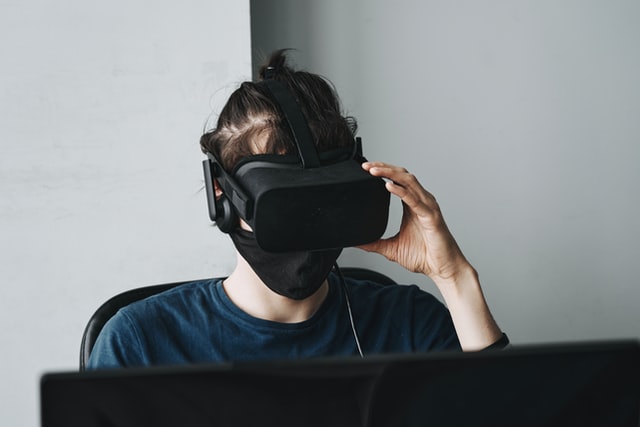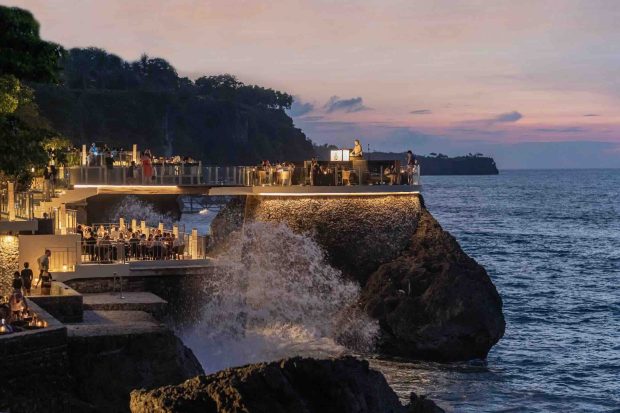VR-based technologies are developing very quickly. If you can’t afford to fly to a faraway part of the planet, you can put on a VR device and create an illusion of being in any location. Today, such solutions are not too widespread yet but they are sure to become more powerful and affordable over time. In this article, we’ll try to analyze the cases when virtual technologies can replace real-life travelling — and the cases when people will still prefer to use traditional air consolidators.
Why You Might Prefer VR to Real-Life Trips
Let’s start with the most important reasons why VR trips are becoming more and more popular.
Travel in VR When You Can’t Do It Physically
There might be many reasons why you can’t afford to travel to your dream location:
- Flights are too expensive
- You can’t get a visa
- You have no time
- There is a pandemic or some other emergency
If there is no way out, it would be better to visit your dream location in VR than in real life.
Avoid Excessive Risks
You might be able to travel to some places physically — but this might involve excessive risks. Think, for instance, about Afghanistan or the Amazon jungle. VR seems to be the safest way of visiting the unspoiled forests, deserts and islands as well as having a sneak peek at countries where foreigners might fail to feel at ease.
Visit Locations That No One Can Visit
VR can help you to relocate to another planet or another era. You can find yourself in Victorian England or on Mars. The trickiest aspect of such trips is content. Someone needs to create the visuals that will surround you. A group of experts should put a lot of time and effort into checking facts and recreating historical details with the maximum possible accuracy.
Admire Works of Art Without Crowds
If you love art, you know how frustrating it might be to find yourself in the middle of a crowd, unable to approach a legendary painting or sculpture. In VR, you can be the only person to walk around a world-famous museum. You can hire a virtual guide and your excursion can last for the whole day if you want it.
No Need to Select the Optimal Time
In VR, you won’t be suffering from jet lag. Your flights will never get delayed and you’ll never need to wait until a museum or a concert hall opens its doors. Whenever you have a free hour, you can virtually relocate to any place in a matter of seconds. If you want to come back to this place, you can do it as often as you wish and stay there for as long as you find necessary. Most locations on our planet look different in summer and winter. With VR, you won’t need to visit them twice to compare their seasonal vibes: you’ll be able to switch from one type of weather to another in one click.
Reasons Why VR Can’t Fully Replace Real-Life Trips Yet
In the future, VR technologies should be able to provide a more immersive experience to users. But today, they still have considerable drawbacks.
No Opportunity to Burn Calories
Today, if you want to travel in VR, you should better remain seated in a comfortable armchair. Or, you can try to walk on a treadmill. But this can’t compare with the delicious experience of walking through historical streets and picturesque landscapes.
No Chance to Try Local Food
Scientists have been working hard on ways of remotely transmitting the tastes of food. They have already invented a platform that you can lick to feel the taste of a product. But it’s not synonymous with eating freshly caught fish or homemade pasta in an authentic restaurant.
Lack of Photos and Videos
In a few years, VR might enable users to take selfies and create video content just as we do in real life. Yet today, you might fail to benefit from this opportunity. Photos and videos are an essential part of the traveling experience. They prevent our memories from fading away prematurely and serve as a great topic to discuss with friends.
Limited Communication Opportunities
In VR, you can hire a guide, invite your colleagues to join your trip or take part in a group discussion. But you’ll get access to fewer people than in real life. There will be fewer pleasant encounters and even fewer of them will be locals. You might be able to see how locals live, work and have fun — but that will be a part of pre-recorded content.
Too High Predictability
On the one hand, VR trips are much safer than their real-life counterparts. No one ever will steal your bag and your appointments won’t get cancelled. On the other hand, you’ll deprive yourself of too many positive surprises. A street artist won’t draw a spontaneous portrait of yours. You won’t be able to visit a show that you have never heard of but that attracted you thanks to its colourful ads.
No Gifts and Souvenirs
You might be able to purchase physical goods in VR and have them delivered to your home. But that’s not the same as offline shopping in local boutiques and flea markets.
Final Thoughts
VR technologies open new opportunities for travellers but they can’t fully substitute real-life trips yet. Feel free to combine these two approaches to travelling!








